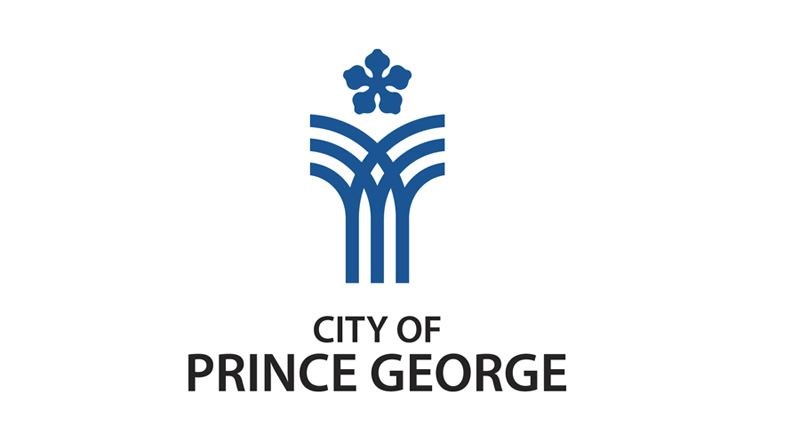The city's population took a dip last year, according to new estimates from BC Stats but the numbers are best guesses, stressed UNBC professor Greg Halseth, who is the Canada Research Chair in rural and small town studies.
Prince George lost 637 people in 2014, a 0.9 per cent decrease in population from the 2013 estimate of 74,227 people, BC Stats reported. Among larger centres, Prince Rupert ranked the worst in population growth, with a 2.9 per cent decline in 2014 - a loss of 357 residents for a total of 11,918.
The 2014 number marks the first decline in population for Prince George since 2011.
Halseth said issues surrounding population fluctuations in Prince George haven't changed in the past two decades.
"It involves retention of our existing population, especially older residents, and it involves the attraction of new residents and immigrants typically coming for job opportunities and economic growth. There are bigger issues such as economic restructuring and demographic aging, but at its heart the fundamentals involve attention to social development, service provision, quality-of-life, economic development, and new business investment," said Halseth. "These fundamentals can't be resolved by single groups or organizations, they take a partnership approach and a long-term steady commitment."
Overall the Regional District of Fraser-Fort George's population declined 0.6 per cent to 93,645, but only Prince George and Valemount experienced any loss of residents with McBride, Mackenzie and the unincorporated electoral areas all noting slight increases.


